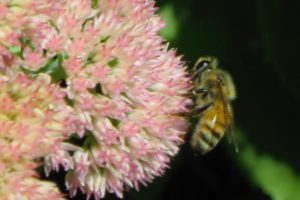Hives for Humanity: Bee Audacious – A dialogue Inspired Report
by Sarah Common, Chief Community Officer and Co-Founder
Bee Audacious – A dialogue Inspired Report
Bee Audacious
Audacious visions for the future of bees, beekeeping and pollination
A dialogue based, invitational conference, held in Marin County at the Marconi Conference Centre, Dec 11-13, 2016.
This report, by our Chief Community Officer and Co-Founder, Sarah Common, is shared with the hope that it inspires you to connect to nature and to community, through the bees, which are such wonderful vectors for building hope. It shares the story of her journey to the conference, as well as her thoughts inspired by the conference itself.
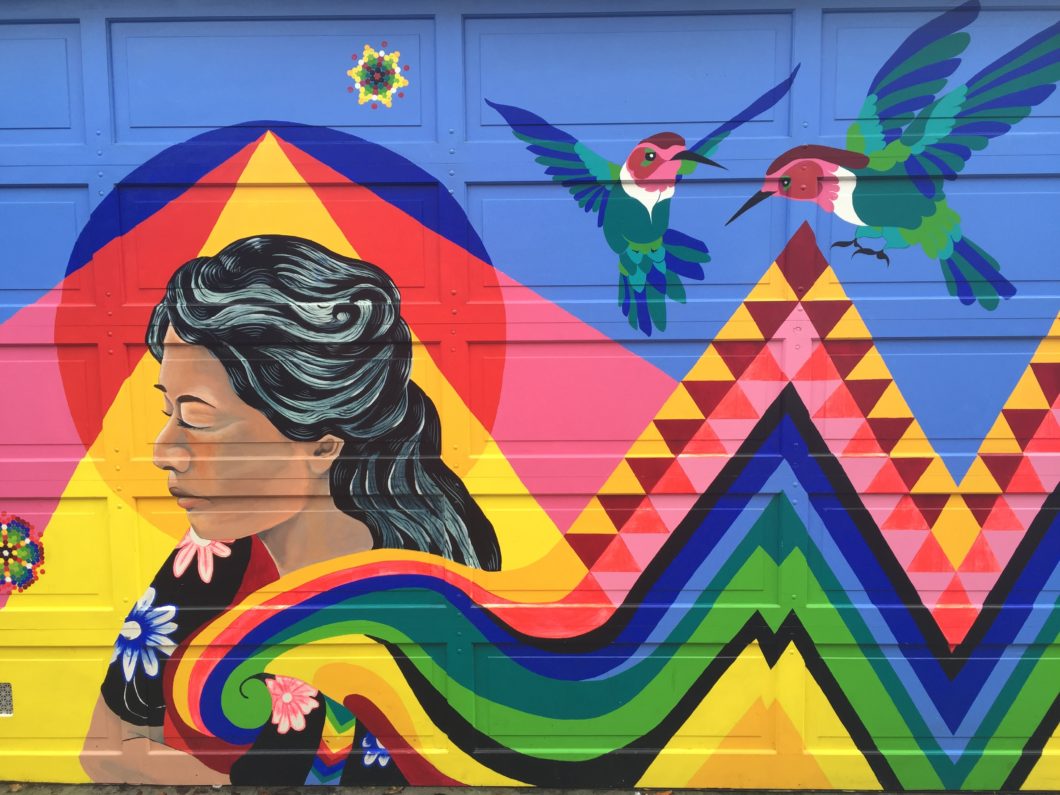
Travel
I don’t travel with ease, unless I travel with purpose.
I moved a few times when I was young, from Quebec to England, then to Scotland, and lastly to Vancouver, British Columbia. I came to BC in 1997, but I never really felt at home here until my return to this coast in 2005, after spending a year in upstate New York. I’ve been in various neighbourhoods of Vancouver since, moving from UBC gradually east through our city. Building my community and connecting to this place, to this land, has been my focus. And finding ways to foster connection for others, through land and food, has been my passion.
So I don’t travel easily. I think there is some fear of losing my place again. And there is sadness when I find myself in places of disconnection where I do not have the depth of understanding to effect change or support hope. When I travel I like to do it with purpose, with an impact in mind, with a contribution to make. That purpose keeps me engaged, builds connection, and inspires me to share and grow. So, when I was invited to travel to California and participate in a conference being put together by fellow beekeepers, with a name that spoke of a creative and innovative intent, to Bee Audacious, I was in.
It was hard work getting things ready to leave, especially at a time when the community we place our core work in is facing concurrent housing and opiod crises. The two weeks leading up to leaving were intense: the Downtown Eastside is losing community members to overdose daily, and hope is being severely tested. In November alone in BC, 128 people died of overdose. The week before I left one of our community beekeepers lost two friends to overdose in one day. The front line workers, including current and former drug users, nurses, emergency services, support and mental health workers, are working at their emotional and physical edges to save lives. And yet culturally we still stigmatize drug users, and we hold back tools that are proven to save lives and aid recovery. We compete to show that our programs are the best, our methods are the solution, when we know that a spectrum of supportive services, and concurrent multiple interventions are needed.
What a time for me to take a break. What a privilege to be able to leave, to take respite, to rest; a privilege that most of our community members don’t have. Stepping away is always hard, but the perspective it generates is essential. So I step away with care and respect, knowing that it is a privilege to do so, and hoping that I can honour that privilege by sharing the stories, strengths and humanity of the people who compose the community of the DTES, while I travel and explore.
I got everything as best laid out as I could, packed my bags, put up posters, had conversations and set the auto responders on my emails. And then I headed out to California’s Death Valley.
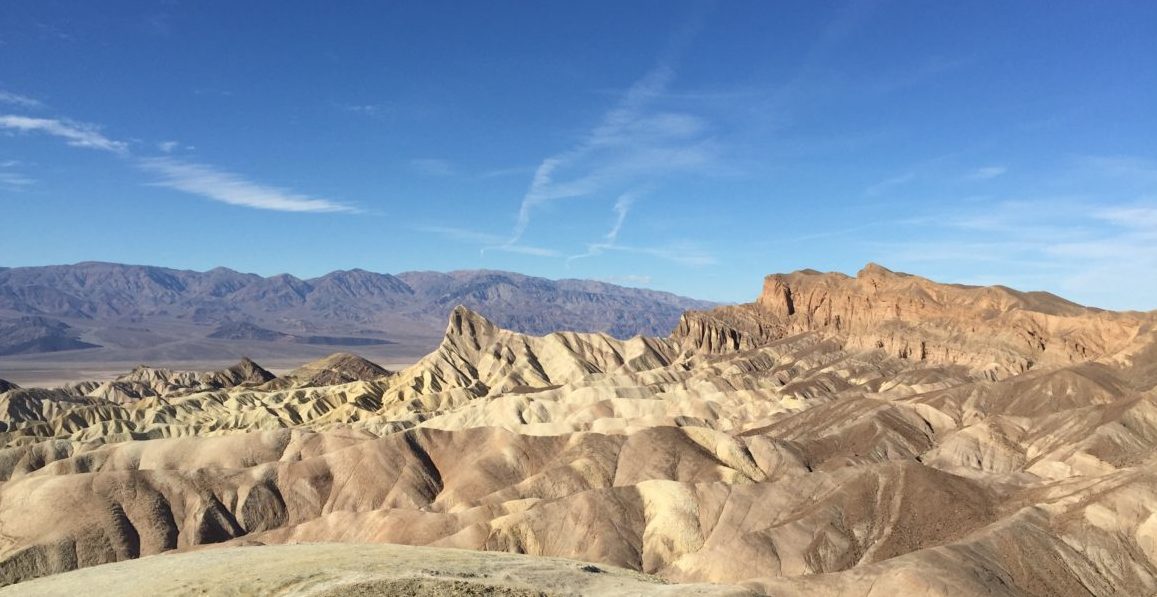
The Desert
I found the respite I was seeking in that desert – in the vast silence and scale of the sand and stone; sounds absorbed like water in the ever present, slowly shifting land, the immense powers of time, pressure, wind and heat so visible in the patterns of colour, the formations of minerals, the swaths of sand and folds of rock. Life persists in the cracks and crevices, roots reaching deep for water, coyotes roam, their full fur the colour of the orange rocks and golden sands.
Returning to the lush rainforest coast from the dry desert was incredibly refreshing; welcomed back by the winds and waves of the pacific ocean, the fir, pine and cedar, the gulls and hawks soaring on ocean winds. Touching the ocean, hair strewn by the wind, chasing the waves on the sand, I felt like I’d come home again, and that feeling was as exhilarating as standing at the tops of the desert sand dunes: the strange as wonderful as the familiar. I carry the coast with me when I travel, and now I carry the desert too. Both are sources of energy, both connect me better to my place in this world, the tiny slice of belonging I can carve out for myself, in the hope that I can support others in finding the same.
Getting out of my camper van at the conference centre, dropped off by three good friends who’d seen me through the desert, I was delighted to start meeting the beekeepers and pollinator people who were walking the grounds, checking into our rooms and wondering what we were all in for. There was excitement in the air, of potential and hope, and it was palpable, I think, for all.

Conference Day 1: A cultural shift is needed
We gathered together in the main hall to start the conference, and were welcomed by our host, conference instigator and organizer, Bonnie Morse, who encouraged us to have open hearts and minds: ideas can come from anywhere, and can become anything, if nurtured. Our Lead Facilitator, Mark Winston, explained the itinerary and structure of the conference, encouraging listening, reflection, concise reporting and punctuality. Mark was one of ten Thought Leaders who would guide us through breakout sessions based in the concept of dialogue, under Chatham House Rule: ideas generated in dialogue throughout our time together would be accountable to the group, not to the individual.
To inspire us, to set the bar high, and to activate the conference, we had a presentation that night, our only keynote of the conference, by Dr. Larry Brilliant. He shared the story of the eradication of small pox; the strategies used to rid the world of that devastating disease, and the possible implications for approaches to our current issues in beekeeping, ecosystem and pollinator health. The central lesson for me was this: a shift in the way the problem was being approached, was key to success. The effective tool of the small pox vaccine had been around for about 150 years, but the strategy of immunizing everyone in the world wasn’t working. It was especially ineffective in underprivileged countries where systems of communication and delivery of medicine are not equitable, efficient or accessible. Accessibility plays a huge role in marginalized communities. The challenge in curing the medical disease was a social issue, and it was in need of a social approach. So Dr. Brilliant and his team (of approx. 150,000 people) changed the approach. They sought to isolate instances of the disease and create immunization bubbles around each outbreak. They used visual tools, door-to-door and person-to-person communication, and they saw a rapid increase in their ability to contain the disease to the point where they successfully eradicated it, in under 10 years.
The challenge in applying this lesson is that while small pox is incontestably a disease worth eradicating, and the only push back was that it couldn’t be done, not that it shouldn’t be done, the issues facing pollinators are less direct, are contested. We have the knowledge and the tools. We know pollinator populations are at-risk. We know that protecting and fostering diverse habitat can restore pollinator populations and increase agricultural yields. We know that chemicals applied to crops and those used within our hives interact, and have impact that is negative for bees, humans and the ecosystem alike. Although often considered non-lethal in confinement, the interactions and synergies of these synthetic chemicals create lethality for all kinds of life.
Alternatives exist, but they require cultural change. The complex, cumulative, synergistic issues facing pollinators are in meshed in social-cultural-economic-political systems, where opposing values and interests come into play. The long-term impact of saving the bees and other pollinators is clear, without them we lose our food system, we lose our food, we lose life. In the short term, however, we are stuck in habits of thinking that change equates cost and thus loss. We have yet to find a common value to align around. Finding that value, identifying the shift needed, and the structures of support to activate the shift, became a central theme of the conference for me.
Is the common value community? Can we make the shift so that we see all people, plants, pollinators, water, oceans, and life as connected, of intrinsic value? How does this vie with the american dream of the individual? Can we rally around protecting habitat for all, human individual self-interest included? Is it working to show the economic value of natural resources? There are many questions, and I beleive asking them is a great place to start activating change.
I believe we need to find ways to create more connected communities, connected to nature, to each other and to ourselves. If we can build and foster these social and cultural connections, if we can teach ourselves and our children to nurture and respect the interconnectedness of all life, then perhaps we can change the way we exploit both nature and each other.
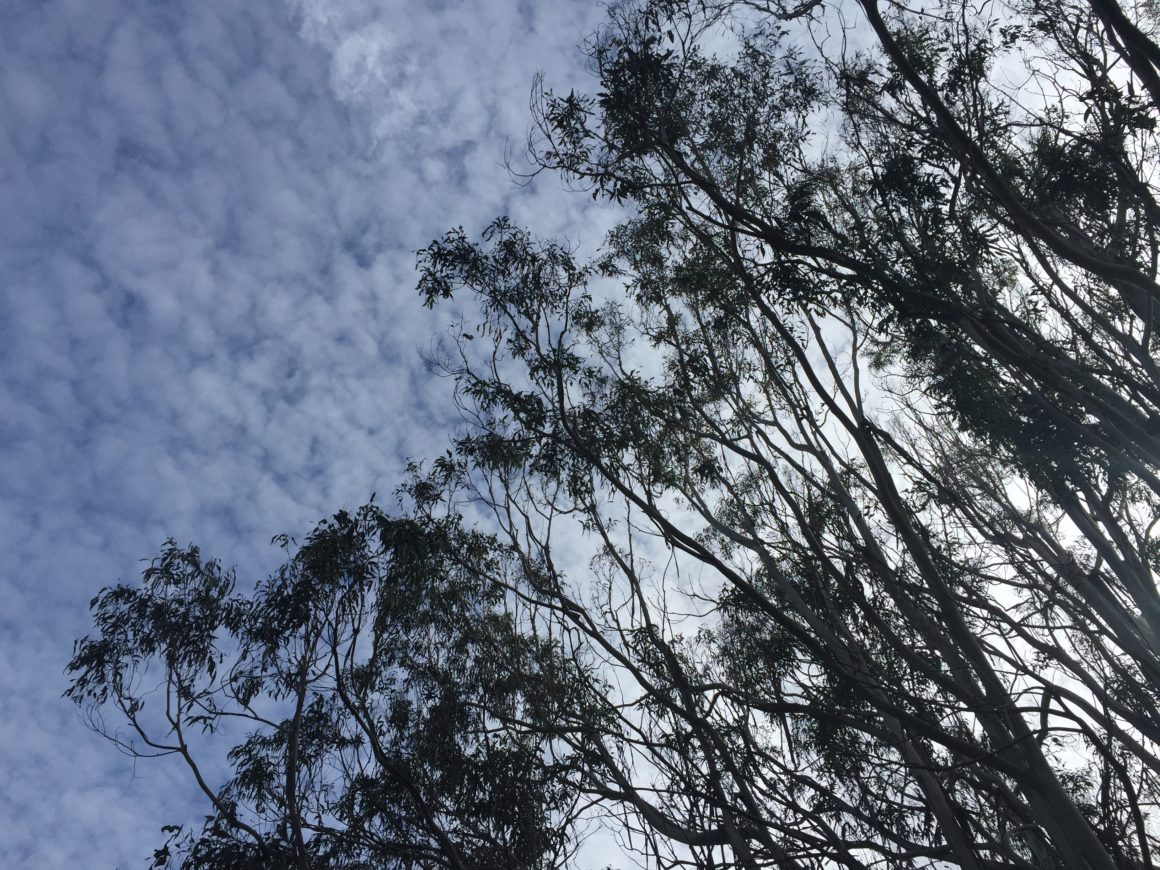
Conference Day 2 & 3: diversity and collaboration, how and why to support pollinators in the city
Over the next two days we participated in six breakout sessions, randomized into groups with rotating Thought Leaders facilitating dialogue, then returning to report back to the ful conference contingency. Walking to and from sessions under the eucalyptus trees, pausing on flowering-vine-footbridges, discussing ideas with fellow participants, refreshed by visits from hummingbirds and the breeze up the hill from the ocean, we worked hard to express and share thoughts, all centered around how we can come together to protect bees, beekeepers and pollinators.
The value of diversity in this conversation cannot be overstated. We are all stakeholders, and only through inter-industry collaboration can we move forward together. Gardeners, backyard beekeepers, sideline business beekeepers, urban farmers, commercial beekeepers, commercial farmers, researchers, advocates, government … we all need to come to the table to protect the habitat our pollinators rely on for forage and nesting. And we need to come together in conversation and collaboration, not in animosity, competition, or judgment. And that takes openness, trust and leadership.
It was exciting to bring a socio-cultural perspective to the dialogue, one that I have developed in my studies and work in food security, community engagement, and urban apiculture. These ideas are often a refreshing and empowering perspective for beekeepers, they can inspire new thought and action, and are very relatable: the social impact of bees, as connecters, and as mechanisms for building trust, teaching communication, fostering self-worth and enhancing community pride. Although the wording may be new, I find that as soon as I share my ideas and stories, beekeepers respond from a place of understanding. They relate to it, and have their own words for it. These words, in almost every case, are variances of the following: 1) that beekeeping is like “meditation”, it brings calm, it slows things, it focuses you, it is healing, 2) that bees are “magic” and 3) that we can learn a lot about communication from the bees.
There is a culture that surrounds the hive, as there is a culture that surrounds food. In fact these things, these living systems, are pieces of our culture. When we industrialize and commercialize them, when we pressure them for higher output and profit, we rob them of their cultural significance, we disconnect them. Our human culture is tied to nature, but we have lost much of that connection, we have dislocated our systems, lost touch with the places that our food and other resources come from, and with the impacts that our consumption and waste have. We are removed, from nature, from community, and often from ourselves.
Bringing nature back into our lives, and back into our conceptions of community, is much needed. We can do this through education and dialogue, and through action that is inclusive, collaborative and intersectional; for there is an interconnectedness that runs through all things, systems that intertwine with each other. Nothing exists except in relation to that which surrounds it. We are our communities. If we are to protect our pollinators, our food and our ecosystems, and in doing so protect the world we are a part of, then we need to make a cultural shift to a paradigm that values all life and all of its multifaceted interconnectivity.
The frustrating thing is that change lags behind need. We are stubborn and shift slowly, we tend to be myopic, and we tend to make decisions based in fear instead of in hope. But bees, gardens, beekeeping, growing food – these are inherently optimistic activities, and they bring people together in community, fostering hope. So how can we activate this hope, engage collaboratively, and shift the approach – the tools exist, but something in the way we are applying them hasn’t been taking root.
The shift has started though, and perhaps it is acknowledging where we are at that is most needed. What are the systems; who are the players; what are the tools? We also need to acknowledge that we may not see the outcomes in our lifetimes, which we are working towards today. But the fight is worth fighting, the opportunities we create today inspire more opportunities for tomorrow.
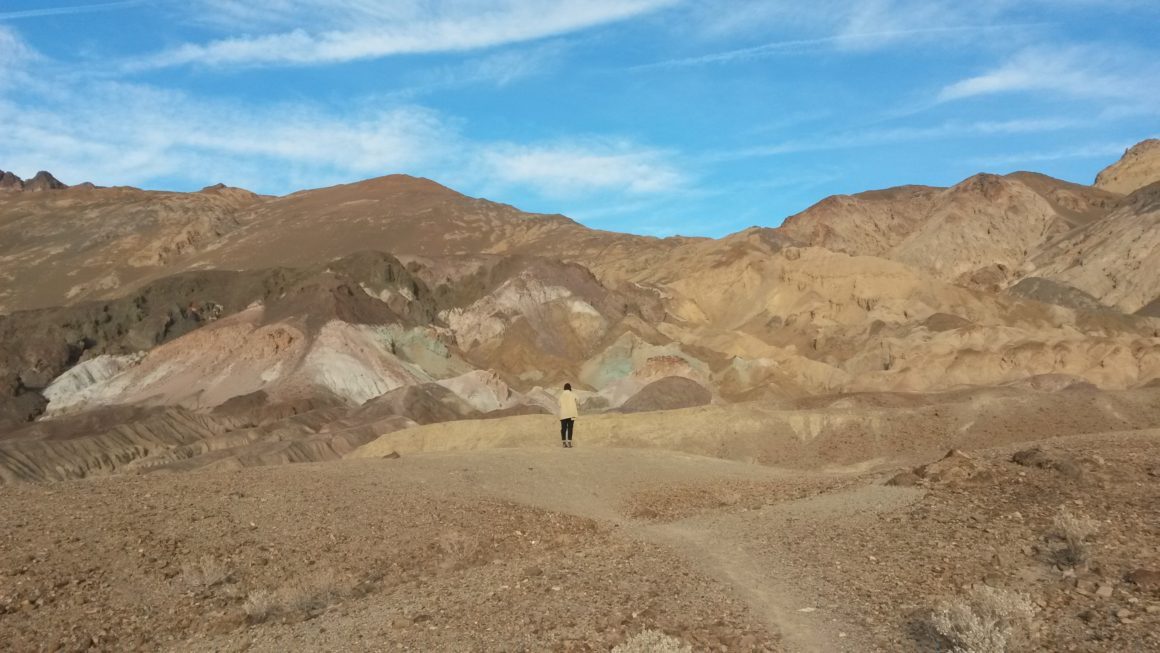
Activating ideas, it is up to us!
At the end of the conference we came together to summarize and reflect, to share key moments in dialogue. One of the participants asked: “What is next? Where do we go from here?” To my delight, in a simple yet extremely powerful and honest call to action, our Lead Facilitator responded: “That is not up for me to say, it is up to you to do.” Yes! It is up to us! We must go out and activate our ideas, in the best way we each can, in our own communities, with our hearts forward and open. It is up to us!
Here are my three commitments to activate my ideas:
- I will rebuild the Vancouver Urban Beekeeping Club, to foster dynamic dialogue about bees in the city, how and why we can support them.
- I will coordinate a Bee Audacious gathering of multi industry stakeholders to further the shift in thought and action around human and ecosystem inclusion, diversity, and resilience in 2017/2018.
- I will create a symposium for Apimondia 2020, on the social impact of pollinators and the honeybee.
You can help by holding me to them, by talking about bees and pollinators in our city, by saying hello to your neighbours, by smiling at strangers and commenting on the beauty of a petal or the fresh breeze off the ocean.
To read more about the conference, to watch the video of the Public Report Back & Panel Discussion that happened on December 14th 2016, and to keep your eyes out for the report Mark Winston is compiling for March, check out the Bee Audacious website and Facebook.
—
Reposted with permission from http://hivesforhumanity.com/bee-audacious-a-dialogue-inspired-report/



